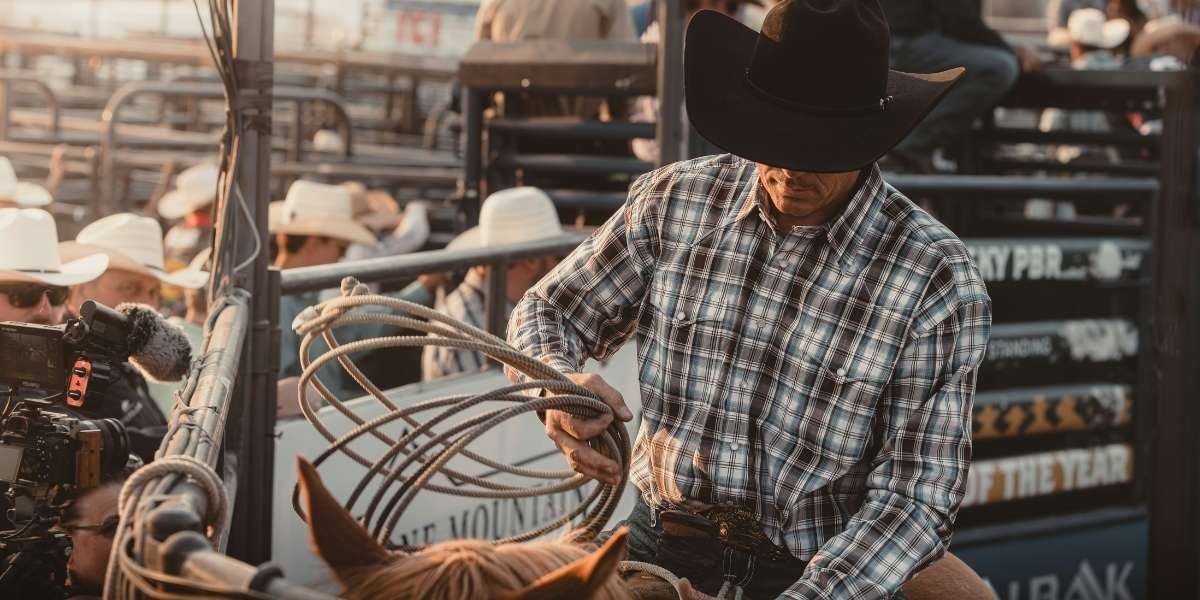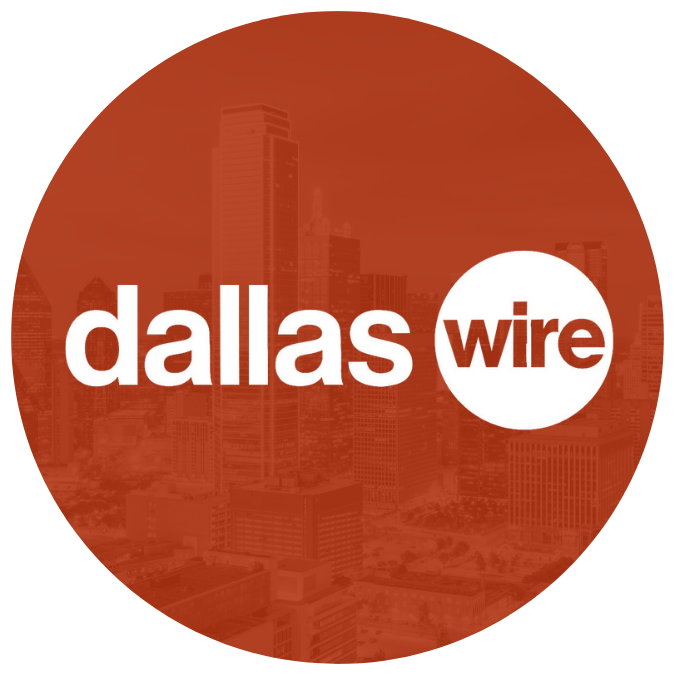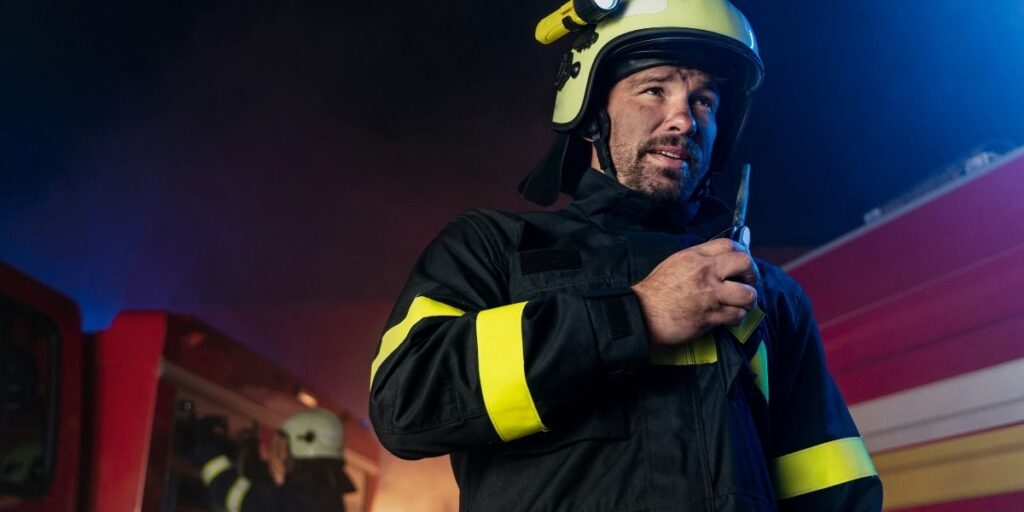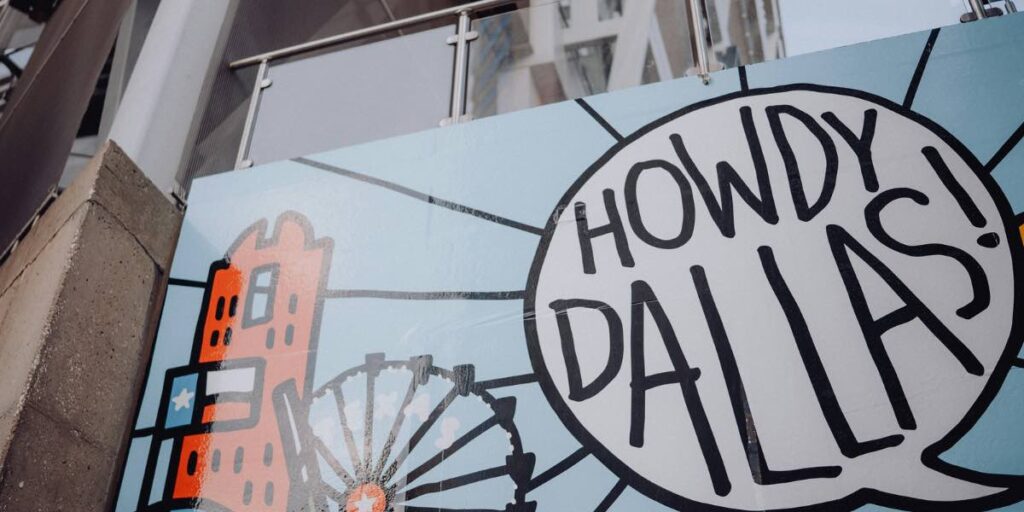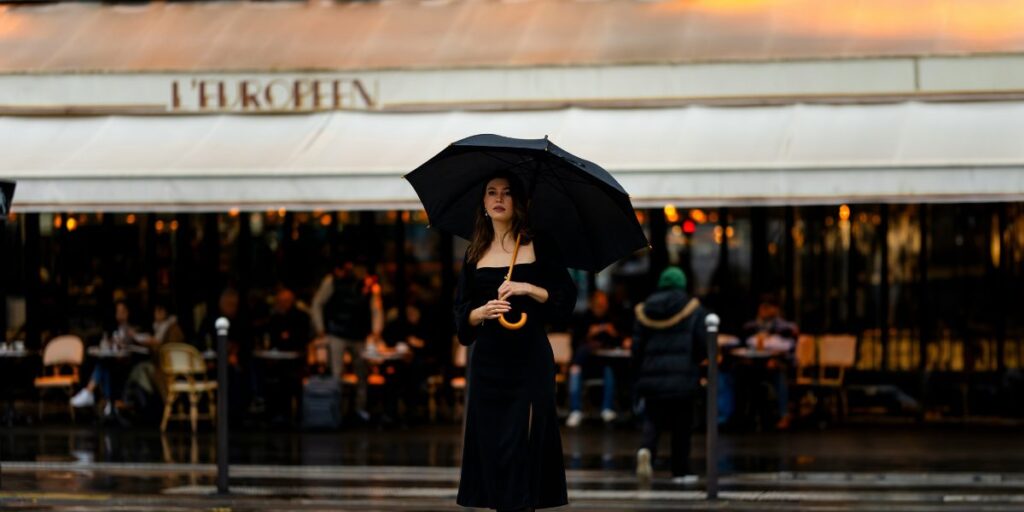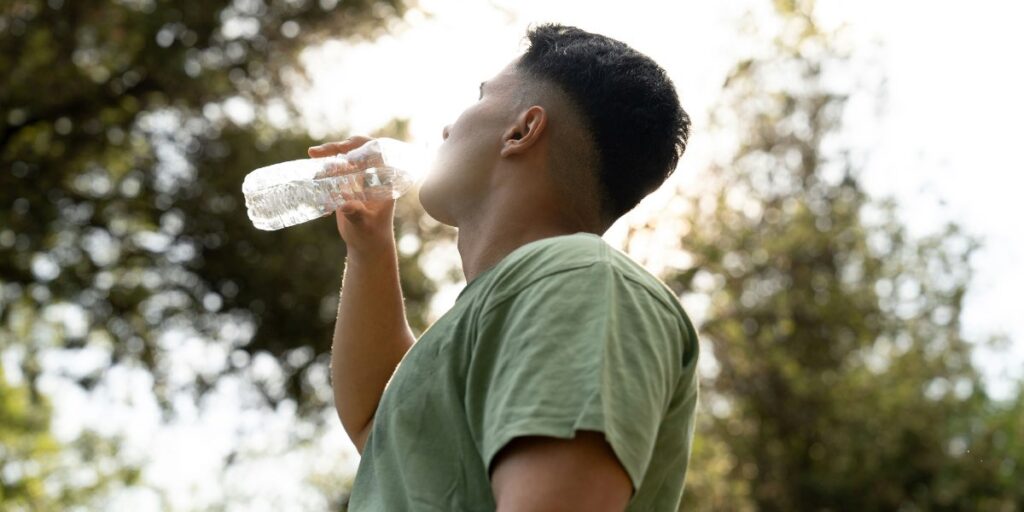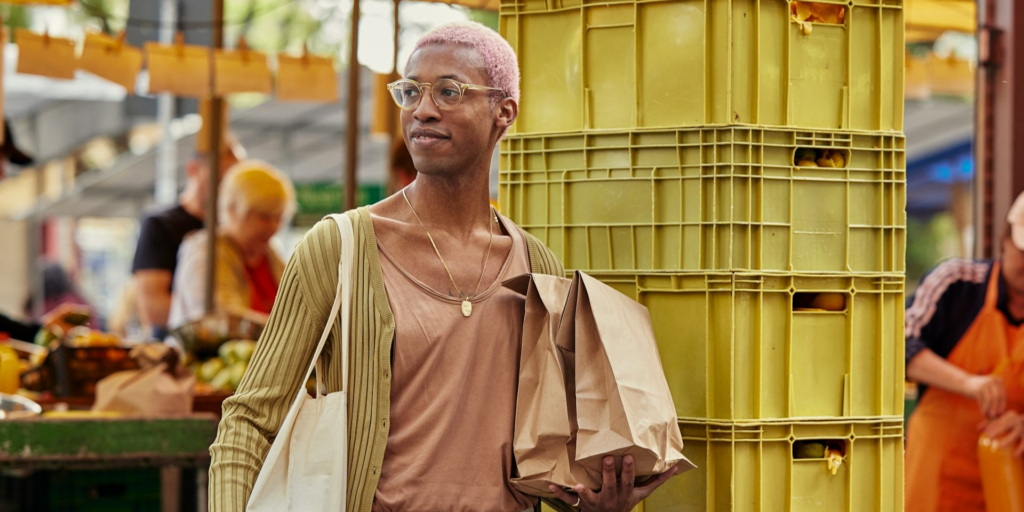The Cowtown Coliseum in Fort Worth stands as a testament to the city’s enduring connection to its Western heritage, particularly its storied past as a prominent livestock market. Its origins are deeply intertwined with the development of the Fort Worth Stockyards, an area that became a pivotal hub for cattle drives and meatpacking in the late 19th and early 20th centuries. As the livestock industry flourished, there arose a need for a facility that could accommodate large-scale animal exhibitions, sales, and eventually, the burgeoning sport of rodeo. The vision for a grand arena was born from this necessity, aiming to provide a central venue that could showcase the region’s agricultural prowess and entertain its growing population.
Construction of the Cowtown Coliseum began in the early 1900s, reflecting a period of significant growth and ambition for Fort Worth. Local leaders and businessmen recognized the potential to solidify the city’s reputation as “Cowtown” by investing in infrastructure that supported its core industries. The architectural design of the building aimed for both functionality and a certain grandeur, utilizing sturdy materials like brick and concrete to create a lasting structure. Upon its completion in 1908, the coliseum was heralded as a modern marvel, capable of hosting a wide array of events. It was designed with a large interior arena, spectator seating, and ancillary spaces necessary for managing livestock, setting the stage for its long and impactful history as a center for Western entertainment and agriculture.
Read also: The Role of Rodeos in Dallas’ Modern Identity
How Did Cowtown Coliseum Become a Rodeo Landmark?
The transformation of Cowtown Coliseum into a celebrated rodeo landmark was a gradual yet definitive process, beginning shortly after its construction. While originally intended for livestock auctions and agricultural expositions, the nascent sport of rodeo found a natural home within its walls. Early rodeo events were often part of larger livestock shows, serving as entertainment for ranchers and visitors. The coliseum’s design, with its large arena and tiered seating, proved ideal for these spirited competitions, allowing spectators a clear view of the action.
A significant turning point occurred in 1918 when the Cowtown Coliseum hosted the first indoor rodeo in the world. This event was not merely a local spectacle; it marked a pivotal moment in the history of rodeo as a professional sport. Moving the rodeo indoors meant that events could be held regardless of weather conditions, extending the season and providing a more consistent schedule for competitors and audiences. This innovation helped professionalize rodeo, drawing larger crowds and attracting more skilled participants. Over the decades, the coliseum became synonymous with rodeo, witnessing countless thrilling rides, daring maneuvers, and the emergence of legendary figures in the sport. It fostered a deep connection between the Fort Worth community and the spirit of the Western cowboy, cementing its status as a vital part of rodeo’s evolution.
How Has Cowtown Coliseum Contributed to Fort Worth’s Cultural Identity?
Over the years, Cowtown Coliseum has become more than just a venue for livestock auctions. It has become an important cultural space where Fort Worth’s cowboy heritage is on full display. Known for its role in the city’s Western culture, the coliseum has regularly hosted rodeo events, including some of the earliest professional rodeos in Texas. These events have helped preserve the region’s cowboy traditions, which remain an integral part of the city’s cultural fabric.
The coliseum’s hosting of the Fort Worth Stock Show and Rodeo each year is one of the key ways it continues to serve as a cultural hub for the area. The annual event is a celebration of Fort Worth’s deep connection to ranching and rodeo history, drawing people from all over the country. While the event has evolved with time, the coliseum’s role in preserving this tradition remains central to its identity.
Additionally, the Cowtown Coliseum has been used for a variety of entertainment events throughout its history, from concerts to exhibitions, contributing to Fort Worth’s vibrant cultural scene. Its ability to host a wide range of events has allowed it to remain relevant in a city where tradition and modernity coexist.
What Changes Has Cowtown Coliseum Seen Over the Years?
The history of Cowtown Coliseum is marked by several changes and renovations aimed at preserving the venue’s legacy while ensuring it meets modern standards. Initially, the coliseum was designed as a modest building for cattle auctions and livestock events. However, as Fort Worth grew, so did the demand for a venue that could accommodate larger crowds and a wider variety of events.
Through the years, the coliseum underwent various renovations to maintain its structural integrity and enhance its capabilities. While many of the original features of the building remain intact, updates were made to improve the experience for attendees. These renovations have helped ensure that the venue continues to meet the needs of both the community and the events it hosts.
Despite these updates, Cowtown Coliseum has worked to preserve the essence of its original design. The building’s Western architectural style, with its unique combination of brick and wood elements, remains one of its defining features. These changes reflect Fort Worth’s commitment to balancing modern needs with a respect for the past.
What Role Does Cowtown Coliseum Play in Fort Worth Today?
Today, Cowtown Coliseum continues to serve as a key venue in Fort Worth, particularly within the Stockyards National Historic District. The coliseum remains closely tied to the city’s identity as the “City of Cowboys and Culture.” Though the venue now hosts a broader range of events, its historical significance continues to influence its role in the community.
The coliseum’s connection to the Fort Worth Stock Show and Rodeo has allowed it to remain a cultural touchstone for those interested in the Western lifestyle. The rodeo is not just a sporting event but a celebration of the region’s agricultural roots, and Cowtown Coliseum plays an important part in this tradition. While Fort Worth has expanded its cultural offerings over time, the coliseum remains one of the few venues that retains such a direct link to the city’s cowboy heritage.
Beyond rodeos, the venue also serves as a space for music events, trade shows, and community activities, making it a versatile part of Fort Worth’s event scene. Whether hosting local gatherings or large regional events, Cowtown Coliseum’s ability to accommodate a variety of activities has ensured its ongoing relevance in the city.
Read also: Fort Worth Stockyards: A Journey into Texas Heritage
What Lies Ahead for Cowtown Coliseum?
As Fort Worth continues to grow and evolve, so too does the role of Cowtown Coliseum. The city’s development in the 21st century has included a focus on revitalizing and preserving historic landmarks. Cowtown Coliseum, as one of the city’s most iconic structures, is likely to remain an integral part of that effort.
The future of the coliseum may include further renovations to modernize its facilities while continuing to preserve its historic charm. As the venue adapts to changing times, it will likely continue to reflect the ongoing fusion of Fort Worth’s rich past with its present and future. Maintaining the balance between honoring history and embracing modern needs will be key to ensuring the coliseum’s continued success in the coming years.
The continued use of Cowtown Coliseum as a venue for events tied to Fort Worth’s Western identity, such as rodeos and agricultural exhibitions, could also help solidify its place in the community. Additionally, its role as a gathering place for a wide variety of events ensures that the coliseum will remain an important venue for years to come, connecting past, present, and future generations of Fort Worth residents.


